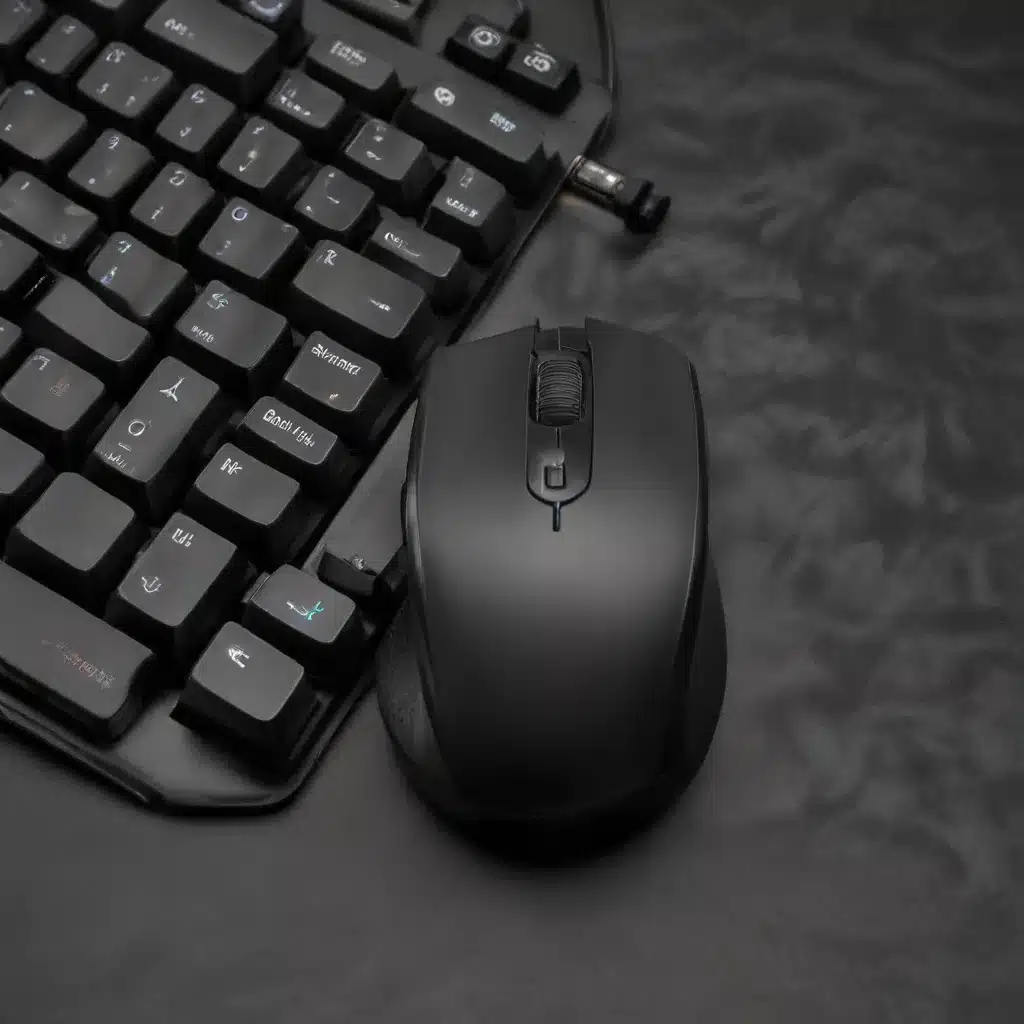
As an experienced IT professional, I’ve encountered numerous cases of wireless keyboard and mouse connectivity issues. These problems can be frustrating, often leaving users feeling disconnected from their devices and unable to work efficiently. However, with the right troubleshooting steps and a bit of technical know-how, many of these connectivity problems can be resolved quickly and easily.
Understanding Wireless Keyboard and Mouse Connections
Wireless keyboards and mice typically use one of three connection types: Bluetooth, wireless USB dongle, or a combination of both. Each connection method has its own set of considerations and potential troubleshooting steps.
Bluetooth Connections
Bluetooth-enabled keyboards and mice connect directly to your computer’s built-in Bluetooth capabilities. This connection type often requires no additional accessories and is generally straightforward to set up. However, Bluetooth connections can be susceptible to interference from other nearby Bluetooth devices or environmental factors.
Wireless USB Dongle Connections
Wireless keyboards and mice that use a USB dongle establish a direct wireless link between the device and the computer. The dongle acts as a wireless transceiver, communicating with the paired keyboard or mouse. While this connection method is generally more reliable than Bluetooth, the placement and proximity of the dongle to the wireless device can impact performance.
Hybrid Connections
Some wireless keyboards and mice offer a combination of Bluetooth and wireless USB dongle connections. This allows users to choose the most suitable option based on their computer’s capabilities and the environment in which the devices are used.
Troubleshooting Wireless Keyboard and Mouse Issues
Regardless of the connection type, there are several common troubleshooting steps you can take to address wireless keyboard and mouse connectivity problems. Let’s explore these in detail:
Check Battery Levels
One of the most common issues with wireless devices is low or depleted batteries. Ensure that the batteries in your keyboard and mouse are properly installed and have sufficient charge. Replace the batteries if necessary, or recharge rechargeable devices using the provided USB cable.
Restart the Devices and Computer
Sometimes, a simple restart can resolve connectivity issues. Turn off your wireless keyboard and mouse, wait a few seconds, and then turn them back on. If the problem persists, restart your computer as well, as this can help refresh the drivers and connections.
Verify Bluetooth or Wireless USB Dongle Pairing
For Bluetooth connections, check that your keyboard and mouse are properly paired with your computer. Navigate to the Bluetooth settings, look for the devices, and ensure they are connected. For wireless USB dongle connections, make sure the dongle is securely inserted into a USB port on your computer.
Check for Interference
Wireless devices can be susceptible to interference from various sources, such as other wireless devices, electronics, or even physical obstructions. Try moving the wireless keyboard and mouse closer to the computer, and ensure the USB dongle is not blocked by any objects or placed too far away from the devices.
Update Drivers and Software
Outdated or incompatible drivers can cause connectivity problems. Ensure that your computer’s operating system and any associated software (e.g., mouse/keyboard drivers, firmware updates) are up-to-date. Visit the manufacturer’s website for the latest driver and software downloads.
Disable Airplane Mode
If your computer has an Airplane mode feature, make sure it is turned off. Airplane mode can sometimes disrupt wireless connections, including those for your keyboard and mouse.
Troubleshoot Specific Keyboard or Mouse Issues
Depending on the specific device you’re using, there may be additional troubleshooting steps to address unique problems. For example, some keyboards may have issues with the number pad or specific key functions, while mice may struggle with scrolling or button responsiveness.
Optimizing Wireless Performance
To further enhance the reliability and performance of your wireless keyboard and mouse, consider the following tips:
Placement and Positioning
Ensure that the wireless USB dongle is positioned in an optimal location, away from potential sources of interference and as close to the devices as possible. Avoid placing the dongle behind the computer or in areas with excessive clutter.
Power Management Settings
Adjust your computer’s power management settings to prevent the wireless devices from entering a low-power or hibernation mode too quickly. This can help maintain a stable connection and reduce latency.
Firmware and Software Updates
Keep your wireless keyboard and mouse firmware, as well as any associated software (e.g., Logitech’s SetPoint or Corsair’s iCUE), up-to-date. Manufacturers often release updates to address connectivity issues and improve overall performance.
Dedicated Wireless Channels
Some wireless keyboards and mice offer the ability to select a specific wireless channel or frequency. Experiment with different channel settings to find the one that provides the most stable connection in your environment.
By following these troubleshooting steps and optimizing your wireless setup, you can significantly improve the reliability and performance of your wireless keyboard and mouse, ensuring a seamless computing experience. If you continue to experience persistent issues, don’t hesitate to reach out to the manufacturer’s support team for further assistance.
Remember, as an experienced IT professional, your role is to provide practical solutions and valuable insights to help your readers overcome their wireless connectivity challenges. By sharing your expertise and guiding them through the troubleshooting process, you can empower them to maintain a productive and efficient workflow, regardless of the devices they use.
For more information and IT-related resources, be sure to visit IT Fix – your one-stop destination for all things technology and computer repair.












